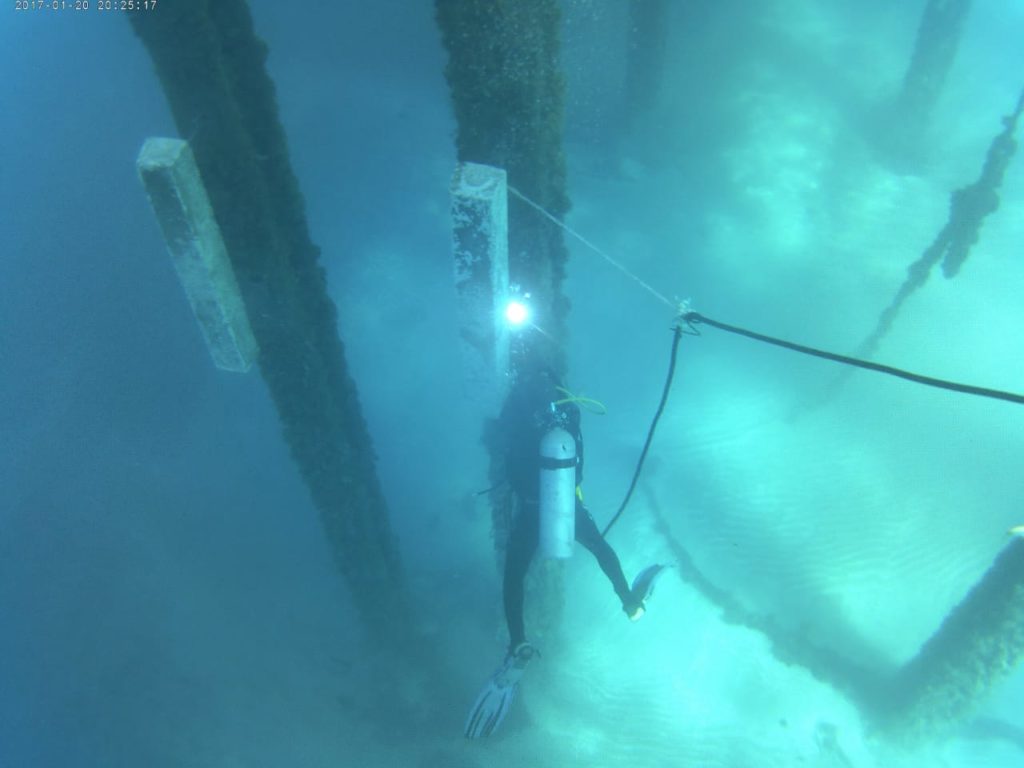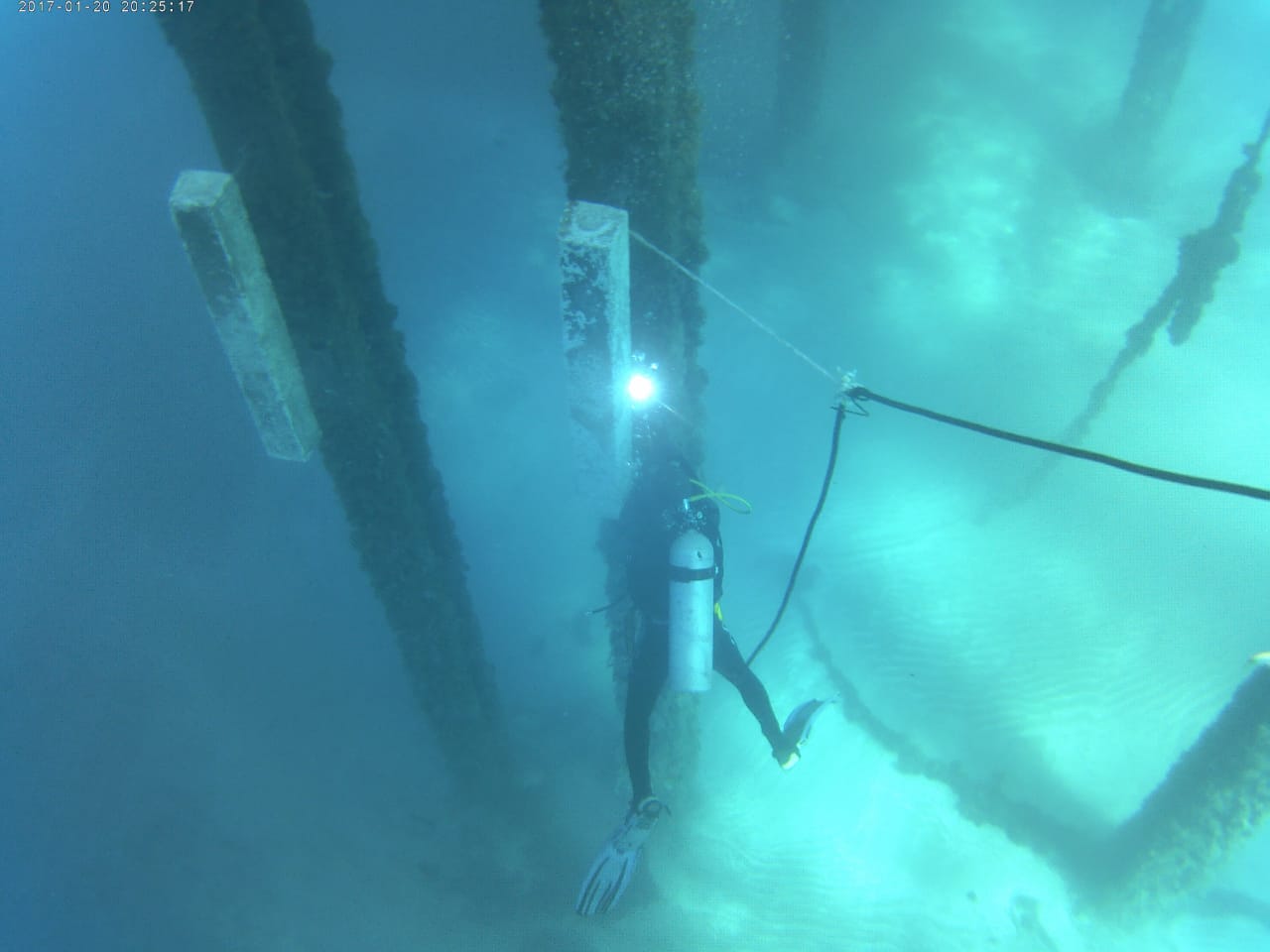
Anodes work on the principle of galvanic corrosion. When two dissimilar metals come into contact in an electrolyte, such as saltwater, an electric current is generated. This flow of current results in the corrosion of the less noble metal. The boat anode, made of a more reactive metal, forms a circuit with the protected metal parts. As a result, the anode corrodes instead of the boat’s critical components.
Let’s delve deeper into the science behind anodes. Galvanic corrosion occurs due to the difference in electrical potential between two metals. This potential difference creates a flow of electrons, leading to the corrosion of the less noble metal. In the case of boat anodes, they are typically made of zinc, which is more reactive than the metals used in the boat’s propellers, shafts, and hull. This means that when the boat is in contact with saltwater, the zinc anode will corrode instead of the boat’s essential components.
It’s fascinating to consider the intricacies of galvanic corrosion. The electrolyte, which is typically seawater in the case of boats, acts as a conductor for the electric current. The flow of electrons from the anode to the cathode, which is the protected metal, is what causes the anode to corrode. This process is essential for protecting the boat from the damaging effects of corrosion and ensuring its longevity.

